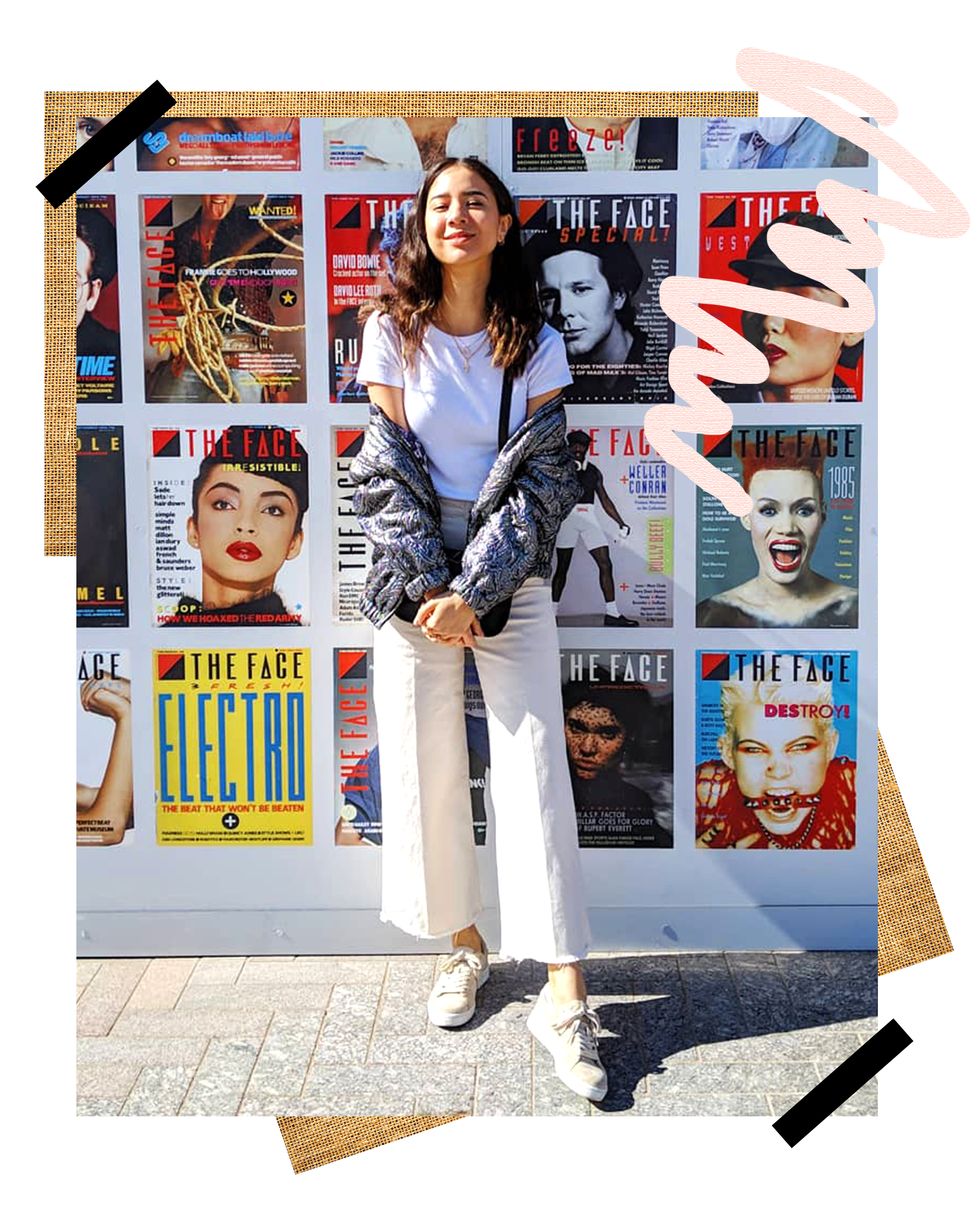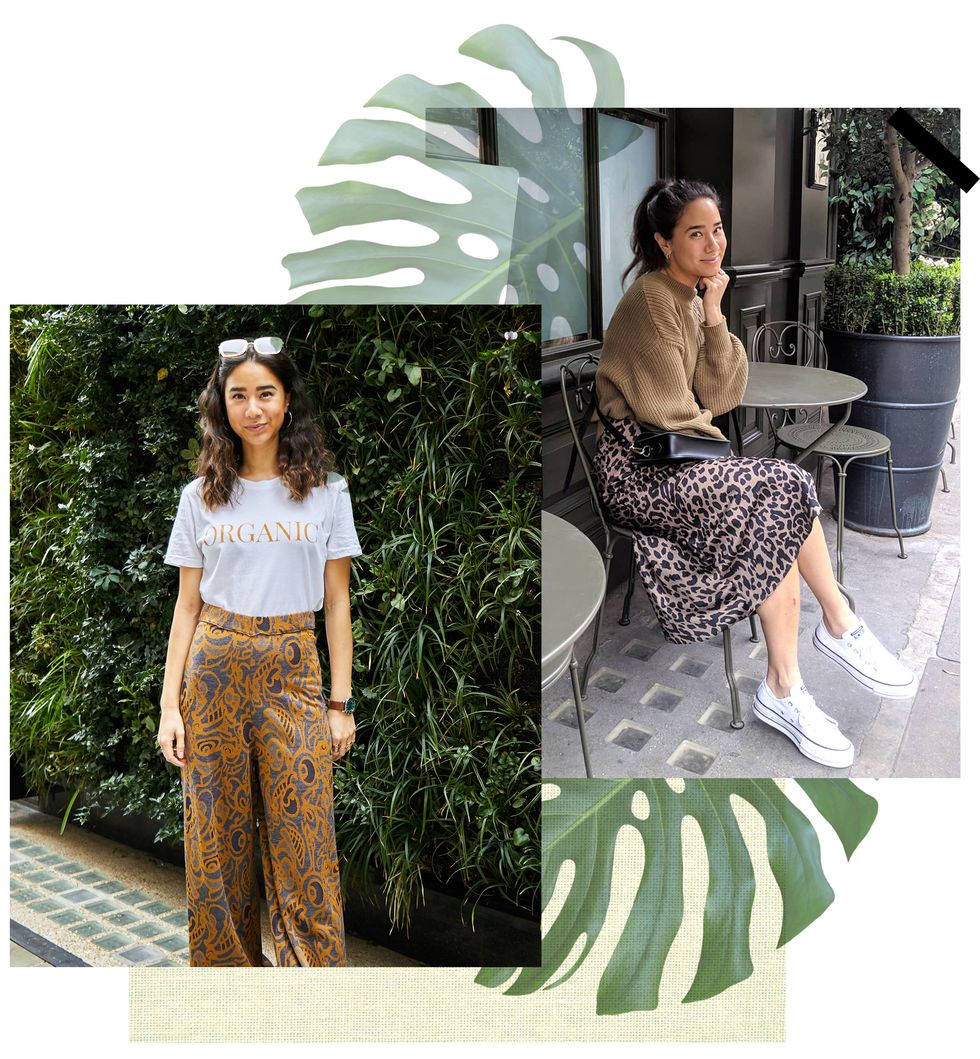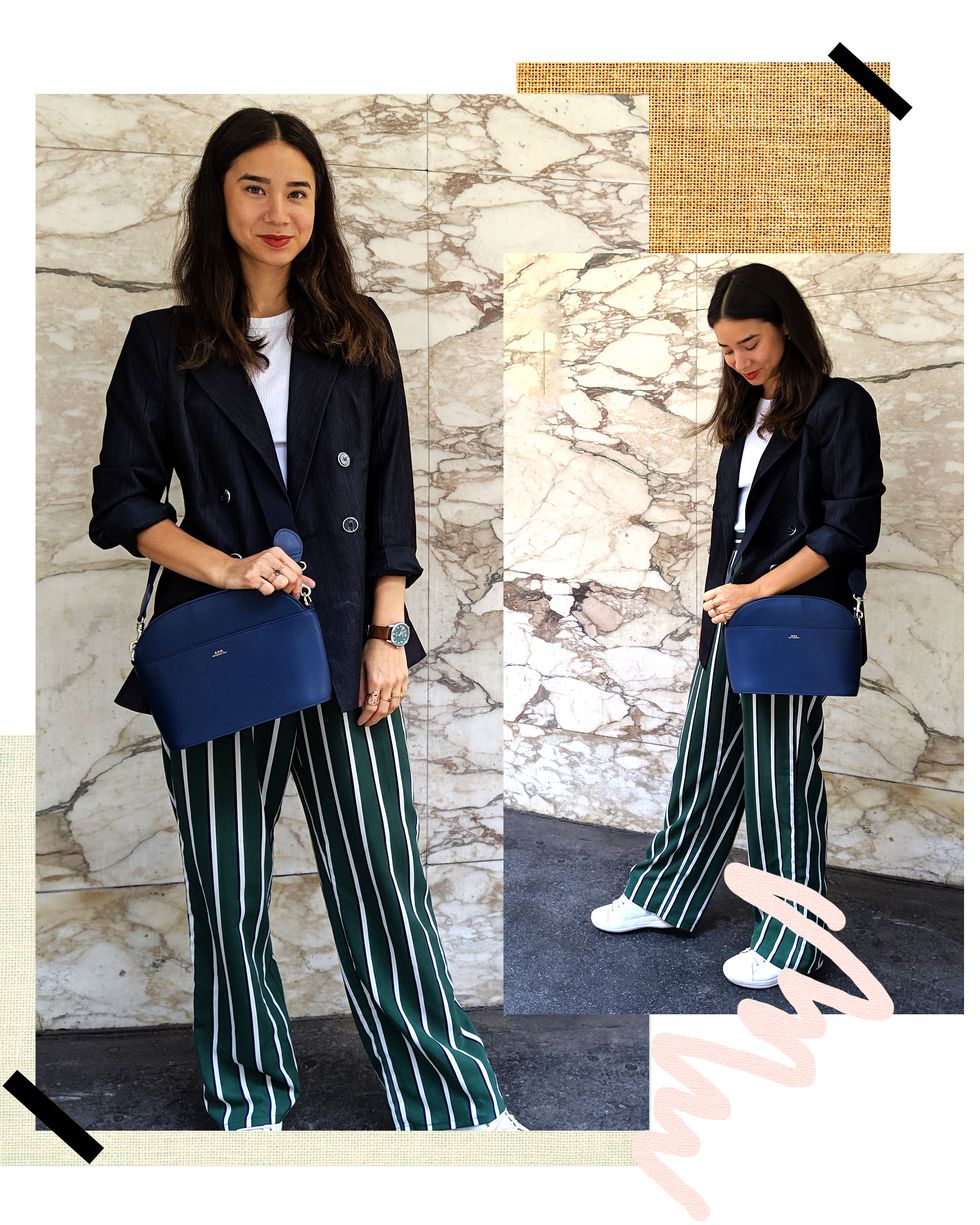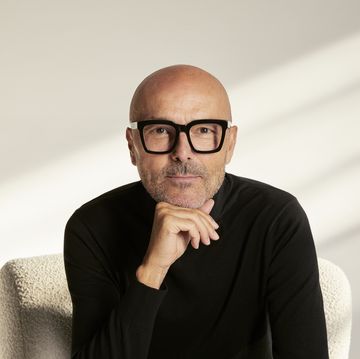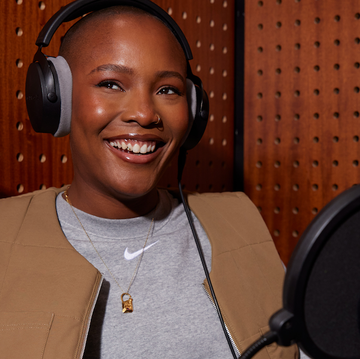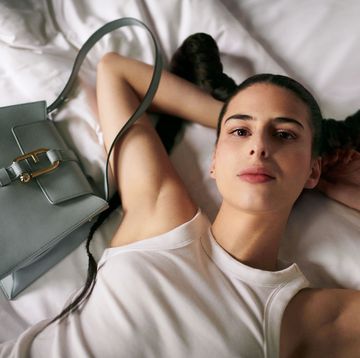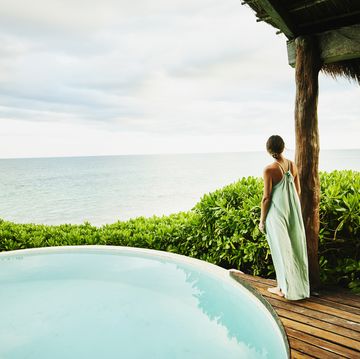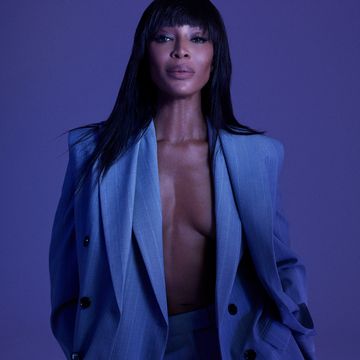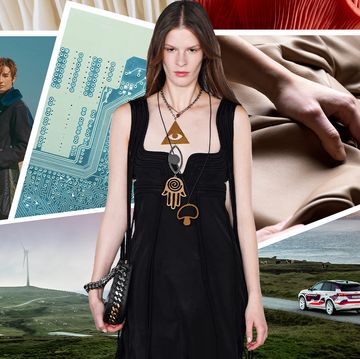I’ve been vegetarian for more than 13 years, I don’t buy single-use plastic and I try to shop for organic food only – so why have I not given up fast fashion yet?
It’s something I ask myself a lot. Turning 30 earlier this year gave me a new push to truly live my values – but retail therapy is something I’ve been struggling to leave behind. I’m not a slave to trends, but nothing makes me feel more confident than a new outfit.
Vowing to leave behind this instant gratification, I took on the challenge to ditch throwaway fashion and find alternatives to fill my consumer void without adding to landfill (or nonconsensual labour). After all, it’s estimated that the fashion industry contributes to around 1.2 billion tonnes of carbon emissions every year.
Single-wear outfits? Guilty. Cheap, statement pieces with a short shelf life? Been there. Instead, I now want classic pieces that I’ll be able to repair and maintain or sell on. ‘Investment pieces are made to last,’ says Fanny Moizant, co-founder of Vestiaire Collective. ‘They’re made from better quality materials with a higher level of craftsmanship. This means the potential lifespan of the product is much longer than throwaway fashion. If you look after investment pieces well, you’ll be able to resell them and recoup a significant amount of the original cost, and someone else will get the opportunity to enjoy a piece they may have missed out on the first time around. Keeping pieces in circulation for as long as possible limits waste, which is really what we need to focus on right now. It’s a win-win for everyone, and the planet.’
So, with my newfound purpose, I used Vestiaire Collective’s catalogue of affordable designer pre-loved fashion, knowing that they’re all physically checked and authenticated by experts. Investing in an APC handbag and Persol sunglasses, I feel confident these will see me through the rest of the year and onwards.
And, considering that the resale market has seen growth over the last five years, I’m not alone in rethinking the consequences of my shopping choices.
I like to think I'm pretty responsible with discarding my clothes because I donate wearable items to charities or homeless shelters and recycle sustainable and biodegradable materials eligible for upcycling.
But I also have a pile of unworn and seriously neglected items lurking in the back of wardrobe (sorry, Marie Kondo), like the Mulberry Daria handbag I bought with my first official paycheque back in 2010.
And while donating, clothes swaps and textile recycling are already popular ways of practising a form of circular fashion, not enough people are buying and selling pre-owned clothing. So, it might be worth me digging out my designer spoils to list soon.
Shopping habits are changing, according to market research from firms like Mintel, which has reported that consumers are now more likely to buy an item of clothing every other month, rather than monthly. So I decided to do the same.
Instead of scrolling aimlessly whenever I was bored, I put myself under a strict shopping ban and only allowed myself to look for something to invest in when I truly needed it.
Conscious consuming doesn't need to mean the end of that new outfit fix, though. You can embrace circular fashion by maximising the lifespan of everything we own through reuse, selling on or recycling.
For pre-loved (and authenticated) designer pieces, check out Vestiaire Collective


